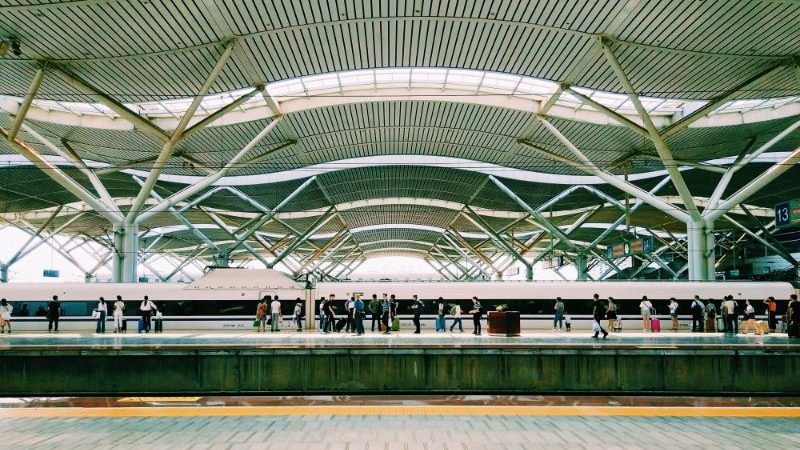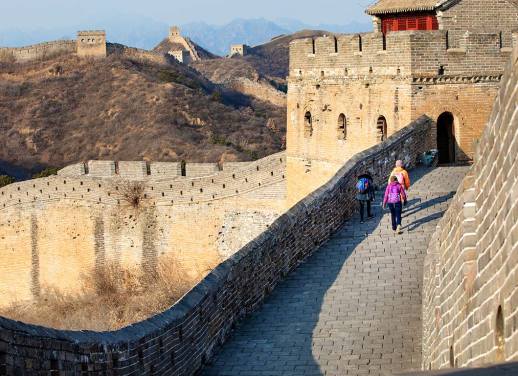A little while ago, I travelled from Bishkek, Kyrgyzstan, to Beijing, China, a journey of around 4,000 kilometres – all overland.
I love everything about train travel, and I would have done the whole thing by train, except the rail network in Kyrgyzstan is limited. To get to Kashgar, in Xinxiang province in the far west of China, from Bishkek, I took a series of share taxis and private cars. But once in China, it was a whole other story.
The Chinese rail network spans over 130,000 kilometres, including the world’s longest, and fastest expanding, high-speed network. I followed a similar route to Intrepid’s China’s Silk Road journey, in reverse, with a side trip to Xiahe via Lanzhou, using a combination of overnight and day trains, including the bullet train. Would I do it again? In a heartbeat.
Here are a few reasons why:
1. It’s easier than you might think
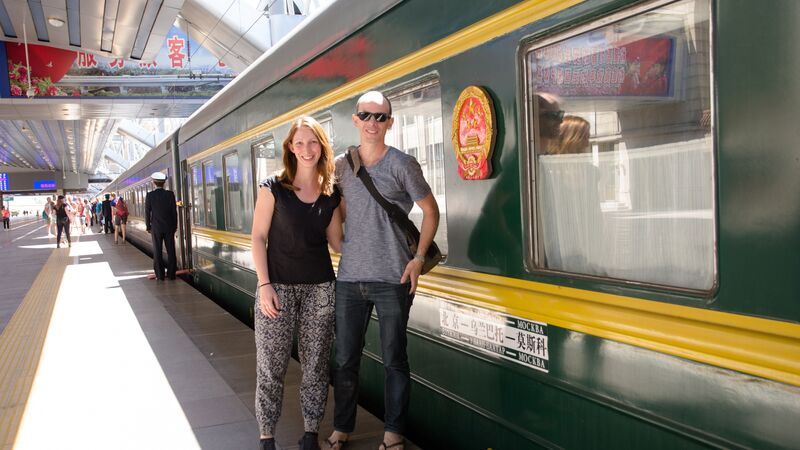
Photo by Gemma Sherwood.
You may not speak or read Chinese, and you won’t always be able to find someone who speaks English, or can translate. Still, navigating the Chinese rail system, whether at stations or on the train, is relatively straight forward. Make sure you plan to arrive at the station 30-40 minutes before your scheduled departure, to allow for your ticket and passport to be checked, and baggage to be x-rayed. Tickets clearly display the date, departure time, and train, car and seat numbers. If relevant, the ticket will also include the boarding gate. Platform and waiting room details are displayed on screens in the departure hall. Boarding will usually start 15-30 minutes prior to departure (though it may be shorter at smaller stations where trains only stop for a few minutes).
Worried you might sleep through your stop? No need. On sleeper trains, you hand over your paper ticket to a staff member, who will give you a token corresponding to your stop. Your ticket will be returned to you shortly before arriving at your destination.
2. Trains are clean and comfortable, even when it’s crowded
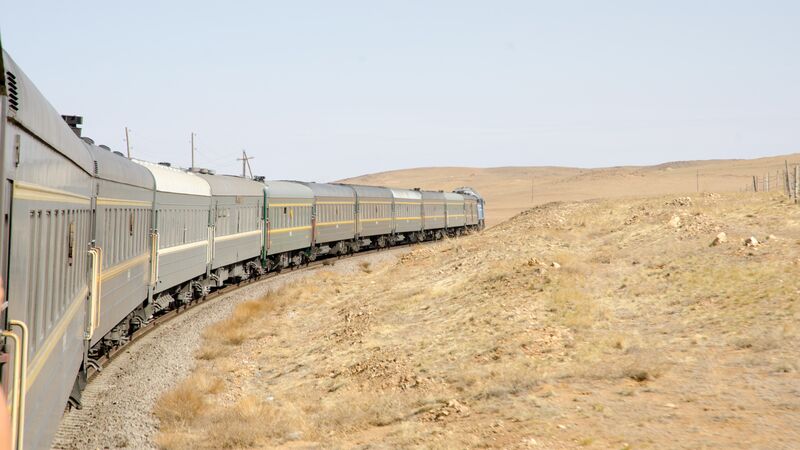
Photo by Gemma Sherwood.
While luxury levels vary depending on the class of train, the time of year, and in the case of overnight trains, the type of sleeper, Chinese trains are generally clean, well-equipped and comfortable. During peak season (and festivals), trains book out well in advance, and are often crowded. But this brings its own rewards. The overnight train I took from Kashgar to Turpan shortly after Eid al-Adha, the Islamic holy day, was heaving with people travelling home after visiting their families. But it meant I got to watch The Good Dinosaur on a laptop with a group of children, and converse with a university-educated young wife and mother, who was keen to practice her English after years of not having the opportunity.
Then again, trains aren’t always crowded. One Y Class train I caught in the death of night from Dunhuang to Zhangye was almost ghostly in its emptiness; I had the whole soft sleeper compartment to myself. And it was flash! My compartment was kitted out with a tablecloth, serviettes, a fake rose in a vase, a dehumidifier and adjustable air con. There was WiFi, and flatscreens at the end of each bed – of course neither of these worked but that was beside the point.
EXPERIENCE THE BEST OF CHINA’S RAIL NETWORK ON OUR 19-DAY CHINA EXPERIENCE TOUR – DETAILS HERE
3. Train travel is often more convenient than air travel
I have to admit that I did consider taking a couple of flights – travelling overland from one side of China to the other is pretty epic – but trains always won out. And not just because I find the idea of rail travel romantic. Catching an overnight train saves you a night’s accommodation in a hotel. There’s no mucking around with baggage carousels, because your luggage stays with you – in the case of sleepers, in the compartment, and in the case of day trains, on racks above the seats or at the end of the carriage. With high-speed bullet trains now reaching speeds of up to 351 kph (218 mph), it’s possible to travel from Shanghai to Beijing in under five hours. In most cities, rail stations are more conveniently located and easier to get to than airports, saving you time and money. (Note, this isn’t always the case! Some places have multiple stations, and the high-speed network is completely separate, so if you’re travelling independently, be sure to double and triple check which station your train departs from and arrives at!)
RELATED: EVERYTHING YOU NEED TO KNOW ABOUT A NIGHT (OR TWO) ON AN OVERNIGHT TRAIN
4. The Chinese rail network is modern China
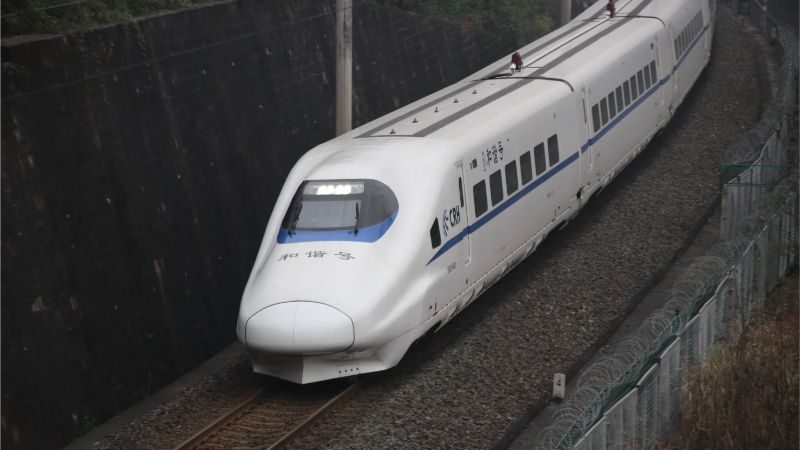
Photo by Chiang Kuo, Unsplash
Perhaps I’m a bit of a nerd about these things, but when you think about it, the Chinese rail network is modern China. Like China itself, the network is expanding and changing so rapidly, it is almost impossible to say with any certainty what it will be like in a year, or six months, or even a week’s time. By the end of 2019, the total length of high-speed network is set to exceed 30,000 kilometres and a prototype for a magnetic levitation or maglev train, designed to travel at speeds of up to 600 kph (370 mph) has been developed. Yet the network also provides access to China’s rich and diverse historical and cultural sites, including out of the way places.
The best way to explore China is with an expert local leader and a small group of like-minded travellers on an Intrepid adventure. Explore our range of tours right here, right now!
Feature photo by lan deng via Unsplash.

